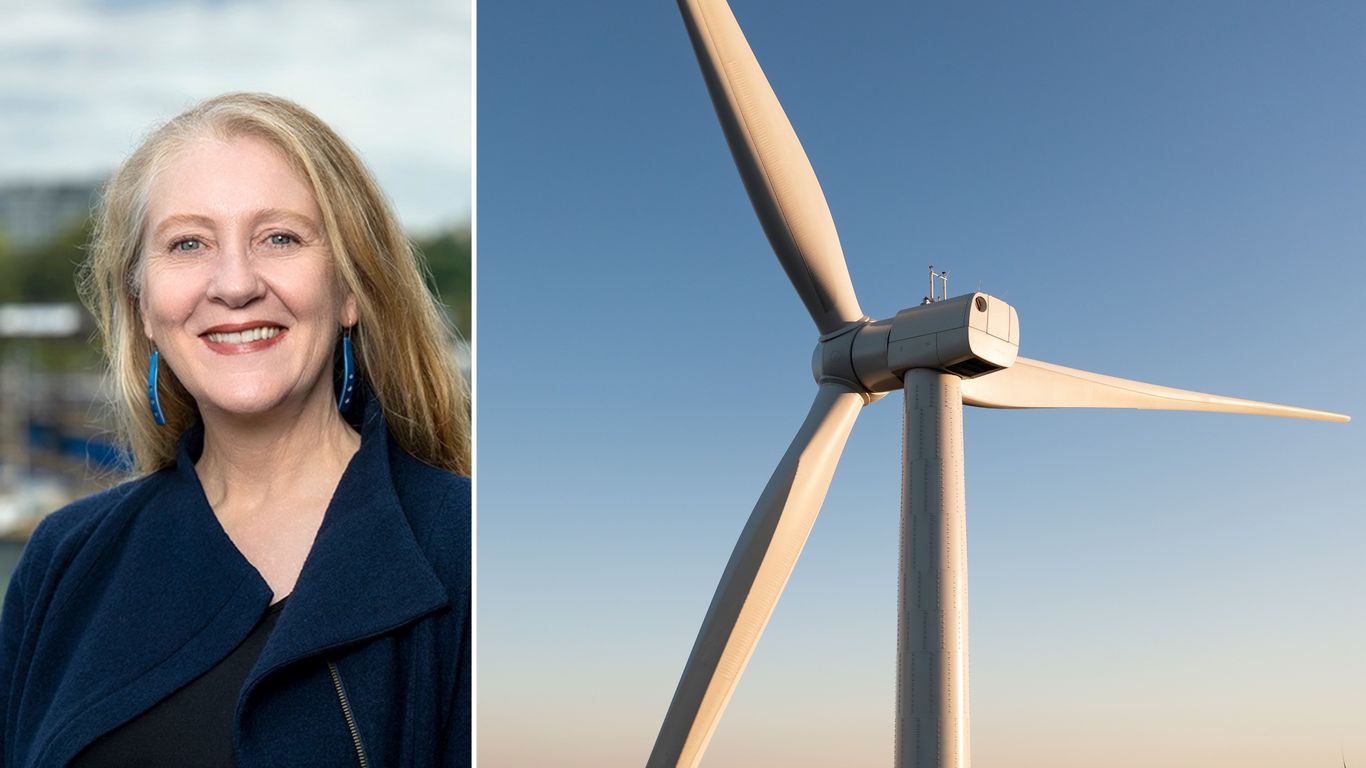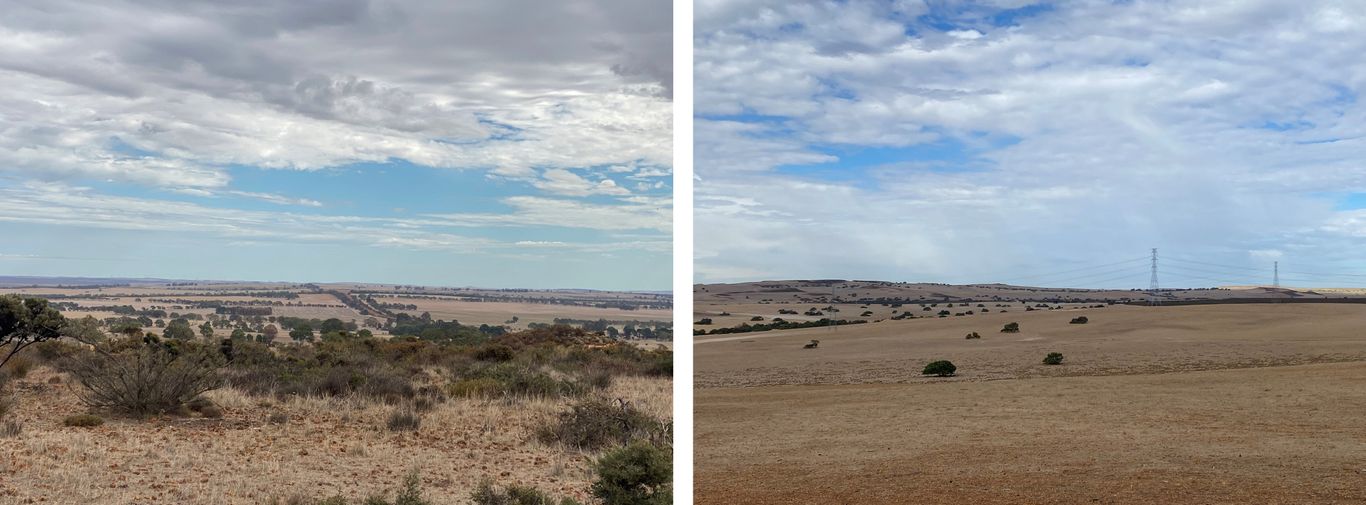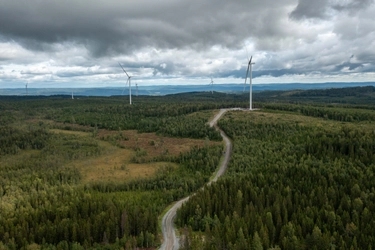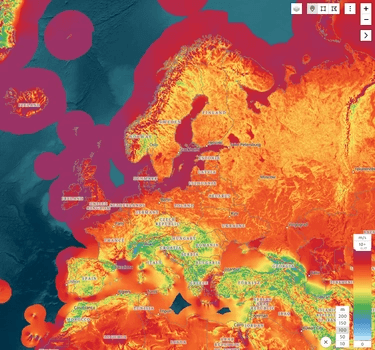
Breaking new ground: OX2’s first onshore wind project in Australia
Catherine Way joined OX2 Australia as Director of Development in March 2024. She and the Australian team have secured an onshore wind project in Western Australia, with a planned capacity of up to 1 GW. In this interview, she discusses what makes Western Australia an attractive location, project specifics, and what’s next for OX2’s wind expansion in Australia.
Congratulations, Catherine! You’ve been with OX2 for just seven months and have already secured our first onshore wind project in Australia!
Thank you! It’s a significant milestone for OX2 Australia and a fantastic achievement by the entire team here. I’m proud that we’re now delivering on the promise OX2 made when entering Australia: to expand into onshore wind.
This is also our first project in Western Australia. Why there?
There are several reasons. One is the political shift in Western Australia. The state government wasn’t always supportive of renewables, but they’ve changed their stance and are now committed to firm climate targets, with concrete steps toward phasing out fossil fuels.
Additionally, Western Australia has great potential for renewable energy development. It currently has the lowest renewable capacity of any state. Add to that the government’s 2023 announcement to retire state-owned coal power stations by 2030 and to transition to renewables. These factors make it an attractive state for investment.
What made this particular project appealing?
The site is a few hours’ drive north of Perth. The housing density is less there than down south where the coal generation and large transmission infrastructure is. It’s also a good area in terms of wind conditions.
The site itself is cleared farming land, used for crops and grazing, which is a plus from a biodiversity perspective as it minimizes environmental disruption.
There’s also a planned transmission line north of Perth, which will allow more renewable energy to connect to the grid. Grid connection is a huge bottle neck in Australia in general and the planned transmission expansion will be the State Government’s biggest investment in the grid for a decade. It will kickstart an increase in renewable energy up north and the line will run straight through our project site.

Catherine Way, Director of Development, OX2 Australia
What’s next for the project?
It’s very early days, but we’ve kicked off our ecological studies. These involve assessments of birds, bats, flora, and fauna across all seasons. Spring, which is now, is the most critical for biodiversity, so we began that work two months’ ago.
We need at least one year of data, and it requires approval from both state and federal governments. Biodiversity is the hardest thing nowadays to get approval for in Australia, harder than securing grid connection, which used to be the most challenging.
We’ve also begun resource monitoring using LiDAR [Light Detection and Ranging] technology. It means we use laser beams to measure wind speed and direction at different altitudes through the time it takes for the light to scatter off particles like dust or pollution. Western Australia’s dry, dusty air makes LiDAR particularly useful, unlike for example in the Nordics where it’s less common.
All these studies, along with noise, traffic, and other surveys, will likely impact the site layout, so we expect some adjustments before submitting the final plans to the government.
Have you started engaging with the local community?
Not yet, but we will once we have more data, likely next year. Our first step will be working with the local council, which is Australia’s third level of government, after federal and state. We’ll also engage with the traditional landowners, but we need to map out who they are first.
The area is mostly farmland, with very few residents. I passed through the nearest town when I visited the site, it had a petrol station, and that was about it. We’ll know more as we gather additional data and complete more mapping.
Is there more in store for OX2 in onshore wind in Australia?
I would definitely say so, yes. There’s potential for both greenfield developments and acquisitions. It’s becoming more challenging in the eastern states due to fewer available sites, but there are still opportunities.
Onshore wind is a highly attractive technology, providing diverse generation resource that investors want. Solar farms now require battery energy storage systems to be effective, but wind farms don’t have that same dependency and can be built standalone.
With our track record as one of Europe’s largest developers of onshore wind, and the local expertise of our team here, I’m confident that OX2’s onshore wind business in Australia will thrive.

The site, located north of Perth in Western Australia, is cleared farming land, used for crops and grazing.
Published 2024-10-21
About Catherine Way
- Catherine Way joined OX2 Australia as Director of Development in March 2024
- She has over 20 years of experience in the Australian renewable energy sector, having developed large-scale project in onshore wind, solar, and energy storage projects across the country.
- She is a regular speaker at conferences and events sharing and exchanging insights impacting the renewable energy sector.
About the project
- The planned total installed capacity is approximately 1 GW, which means around 170 turbines.
- The site involves more than 20 landowners. The original project developers will work closely with OX2 to continue to manage the approval process, as part of the acquisition.
- The project will also include a 100 MW battery energy storage system (indicative size), which will be developed in advance of the wind farm.


